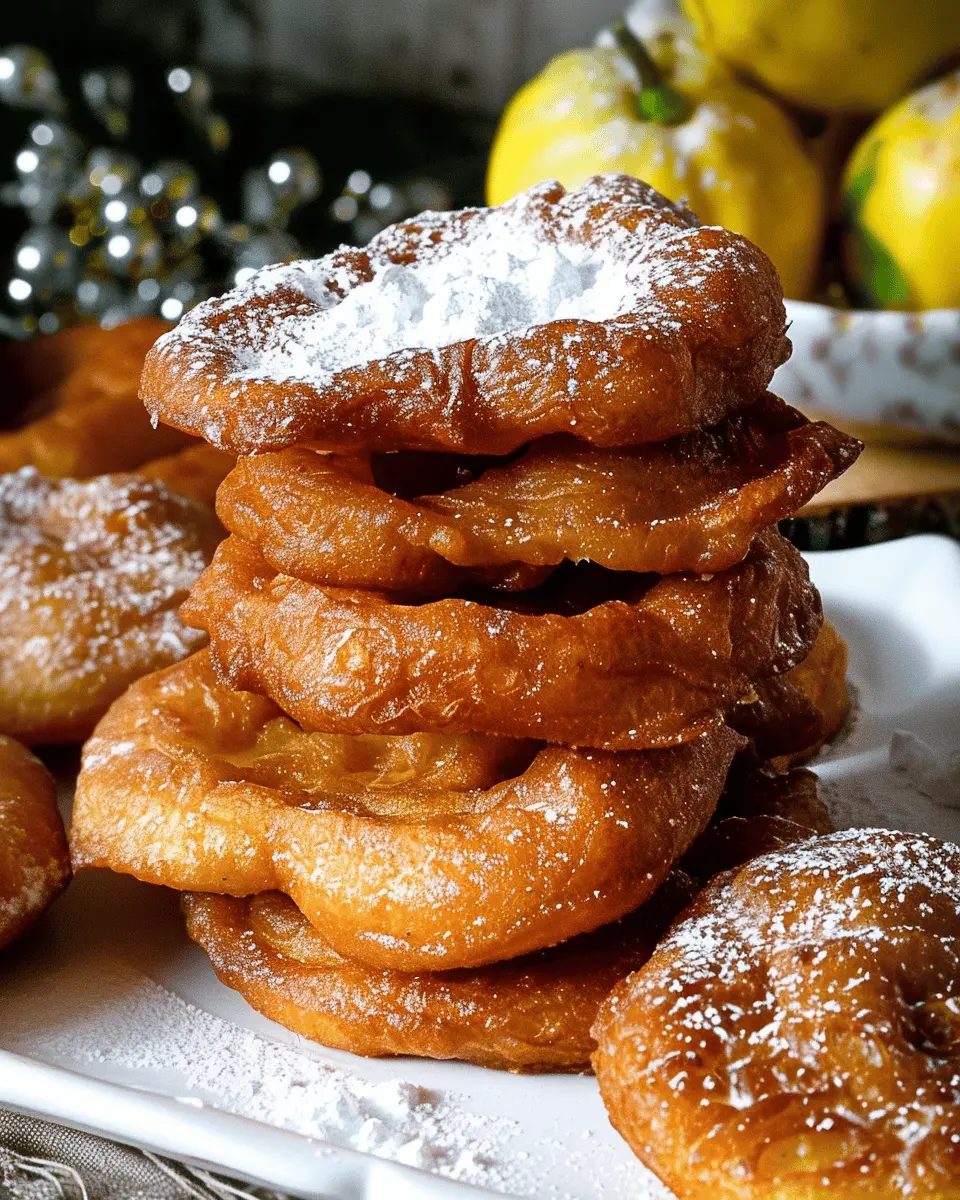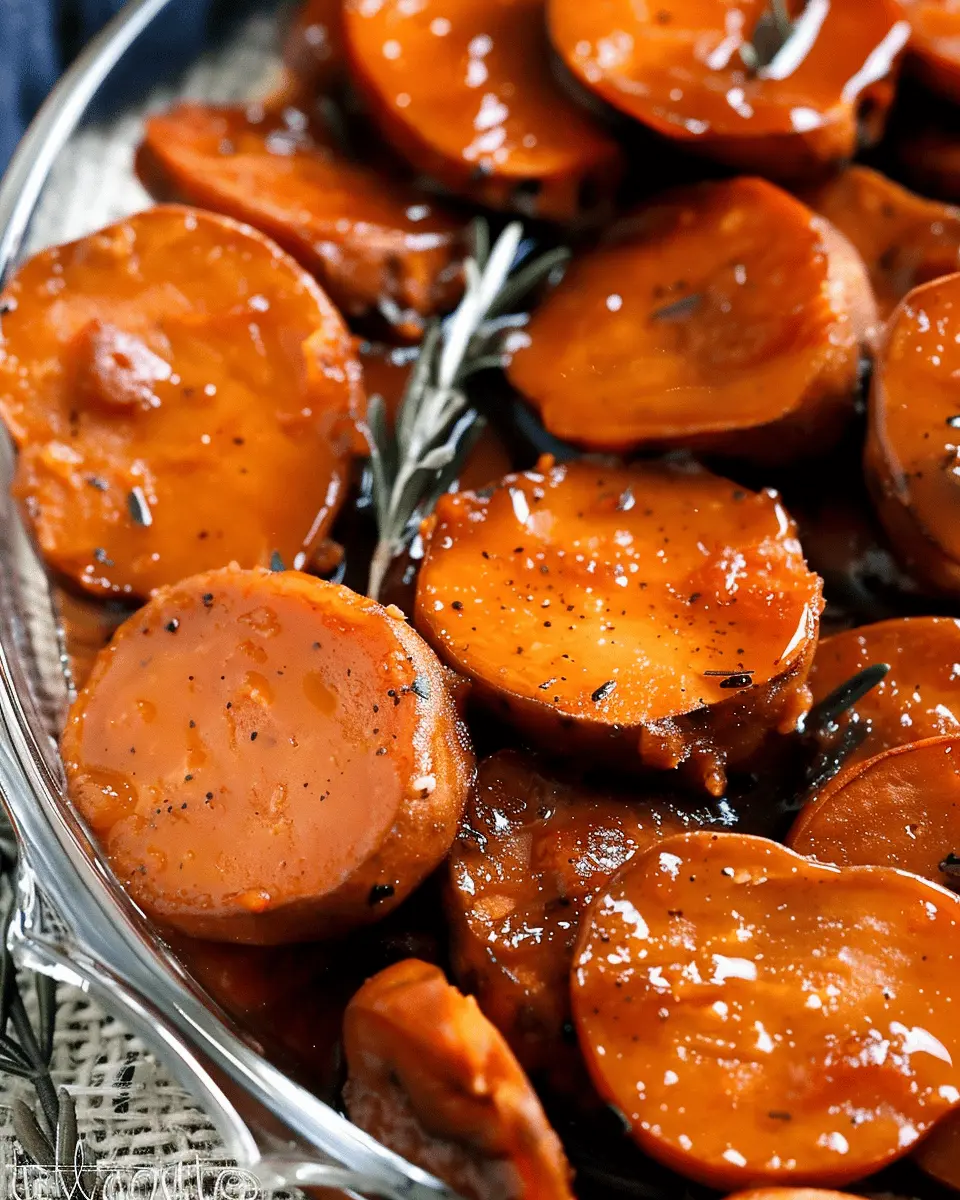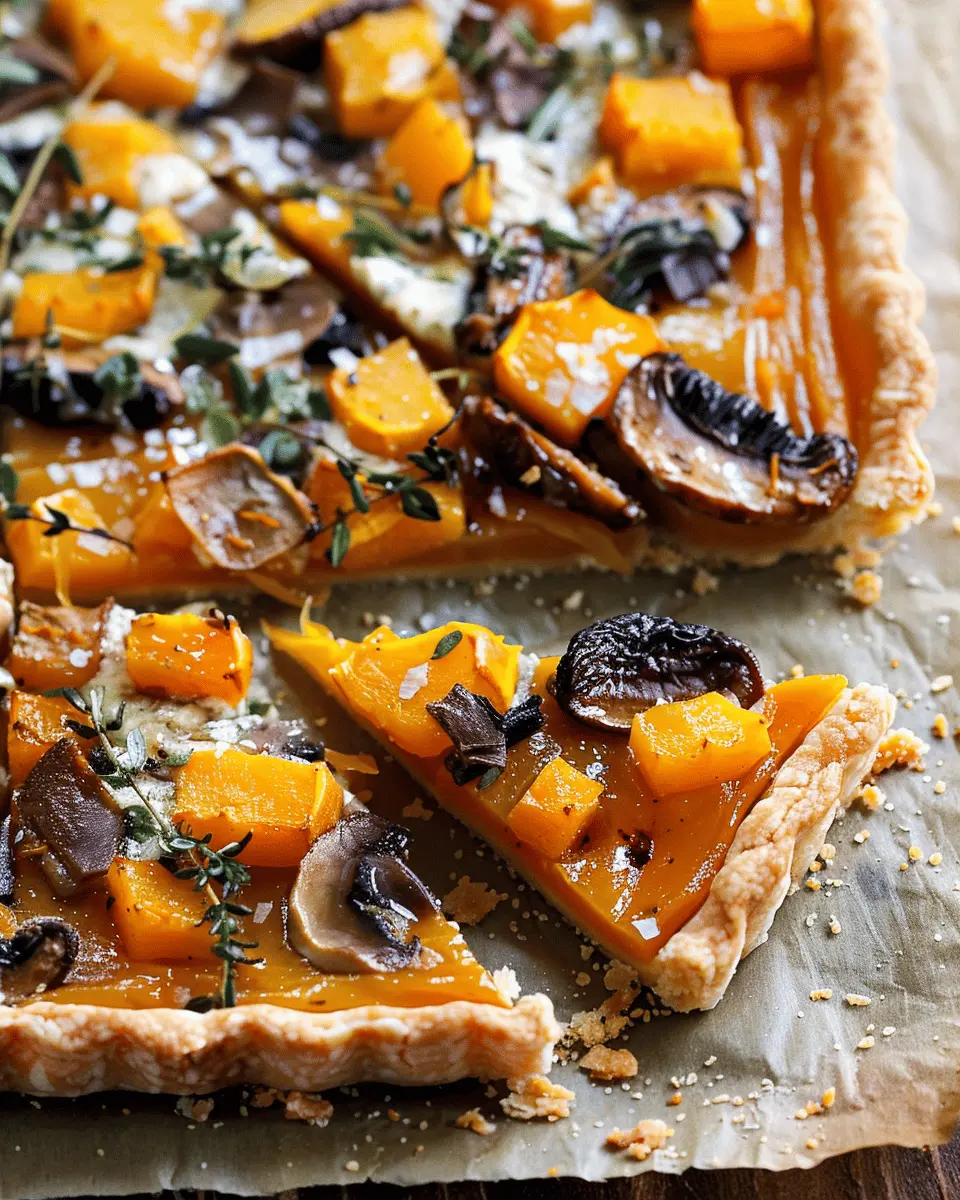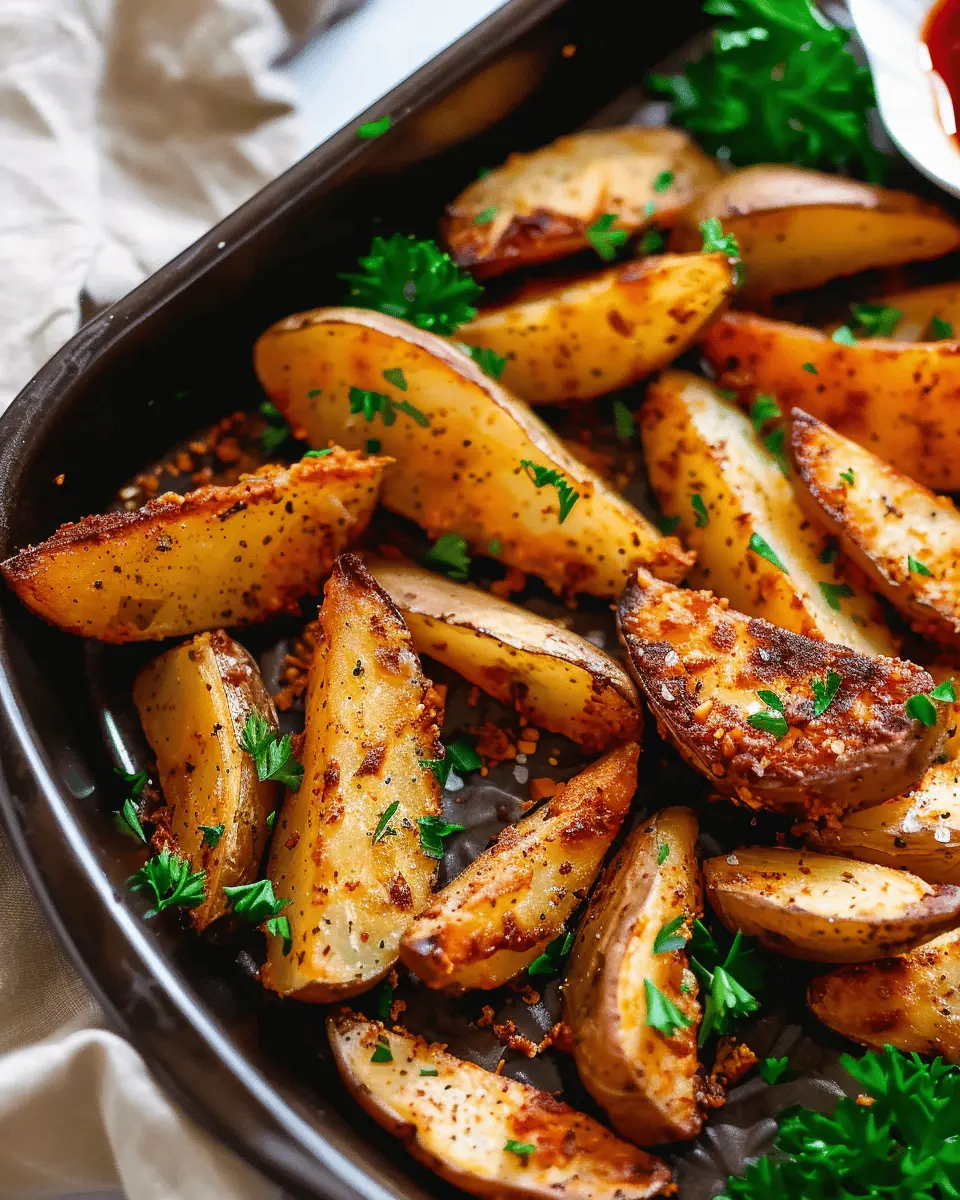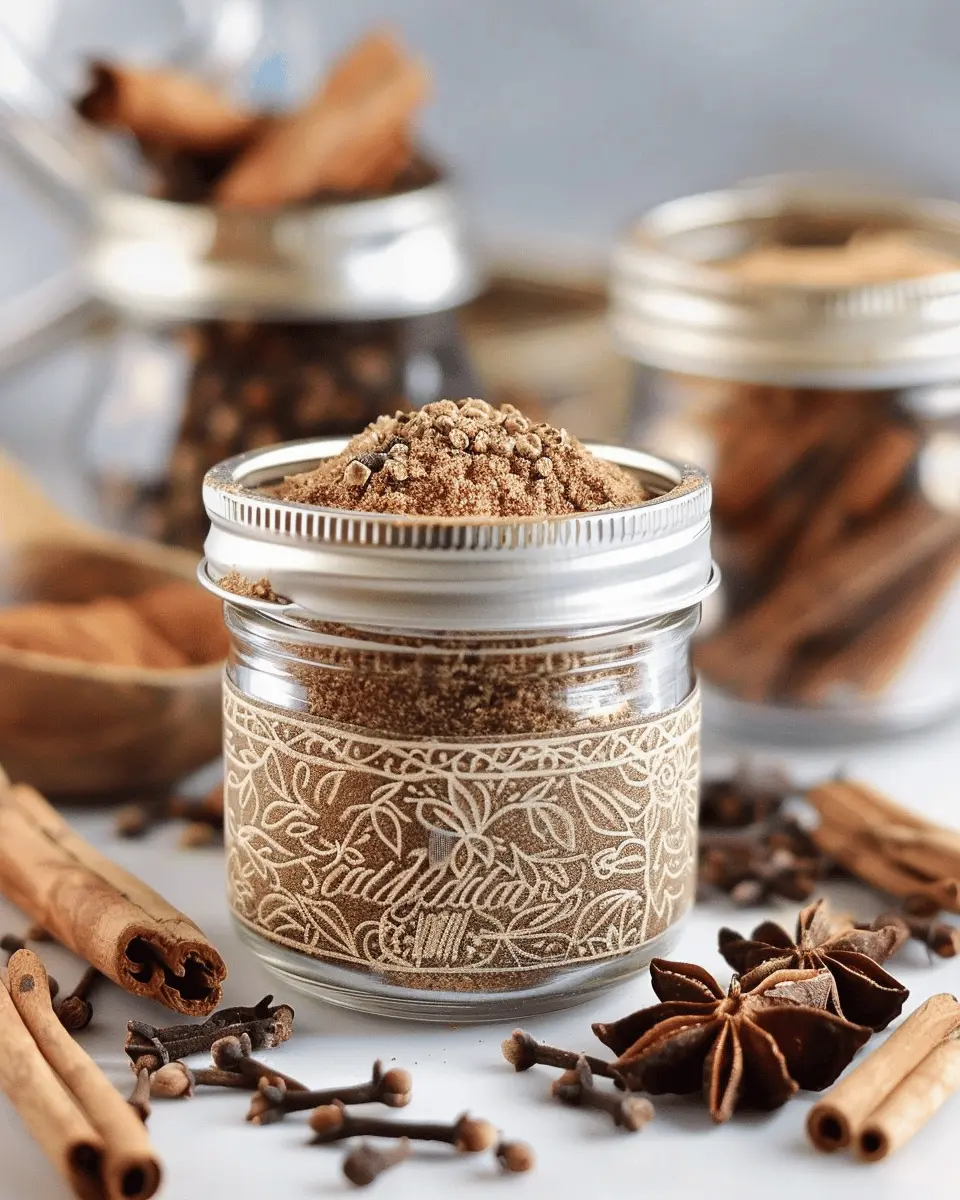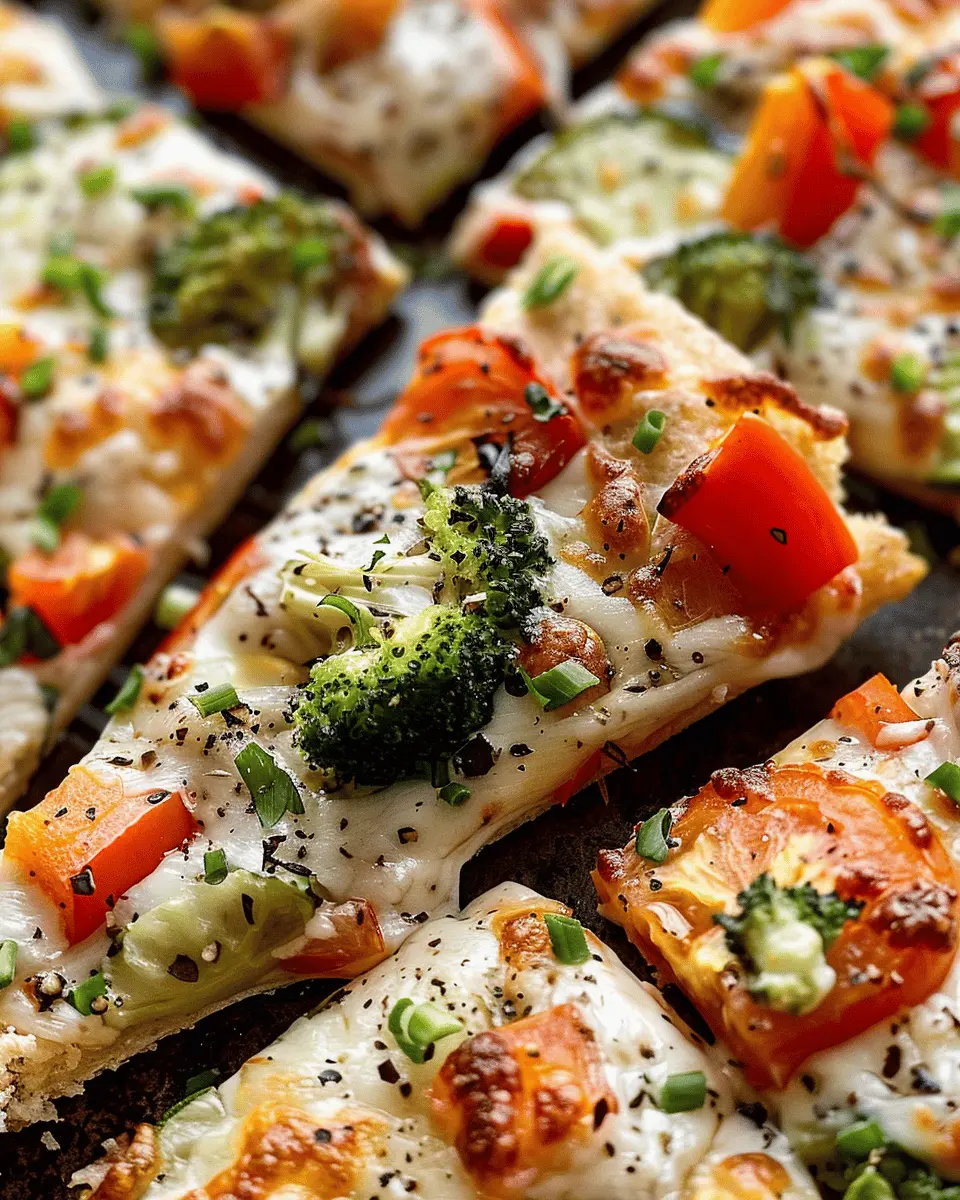Introduction to Haitian Beignets
What are Haitian Beignets?
If you’ve ever found yourself indulging in a fluffy, golden treat at a café, chances are you’ve encountered a beignet. But Haitian Beignets take this delightful pastry to a whole new level! These delectable doughnuts are typically dusted with powdered sugar or drizzled with syrup, making them a favorite breakfast item or snack in Haiti. The texture is light and airy, while the flavor can be enhanced with hints of vanilla or nutmeg. What makes them truly special is their cultural significance; they embody the warmth and vibrancy of Haitian cuisine.
Haitian Beignets are often enjoyed with a steaming cup of coffee or hot chocolate, allowing you to savor the combination of rich flavors. Whether you’re preparing them for a cozy brunch or a fun gathering with friends, these pastries are sure to impress.
A Little History Behind the Recipe
The origins of Haitian Beignets can be traced back to African culinary traditions, mingling with French influences during the colonial era. As people migrated and settled in Haiti, they adapted their traditions, infusing local ingredients and flavors to create something uniquely their own. This fusion resulted in a pastry that is not only delicious but also steeped in history.
Interestingly enough, beignets hold a cherished place in Haitian culture, often served during celebrations and holidays. According to culinary experts, such deep-rooted recipes reflect the resilience and joy of the Haitian people. They symbolize not just food, but a sense of community and togetherness, offering comfort through their taste and preparation.
If you’re interested in diving deeper into Haitian cuisine, you might find the works of chef and author Mireille’s Cooking quite enlightening, offering insights and traditional recipes that celebrate this vibrant culture.
So next time you sink your teeth into a warm, sweet Haitian Beignet, remember that you’re not just enjoying a pastry — you’re indulging in a taste of history and a thread of connection with the rich Haitian heritage. Ready to give this recipe a try? Let’s get cooking!
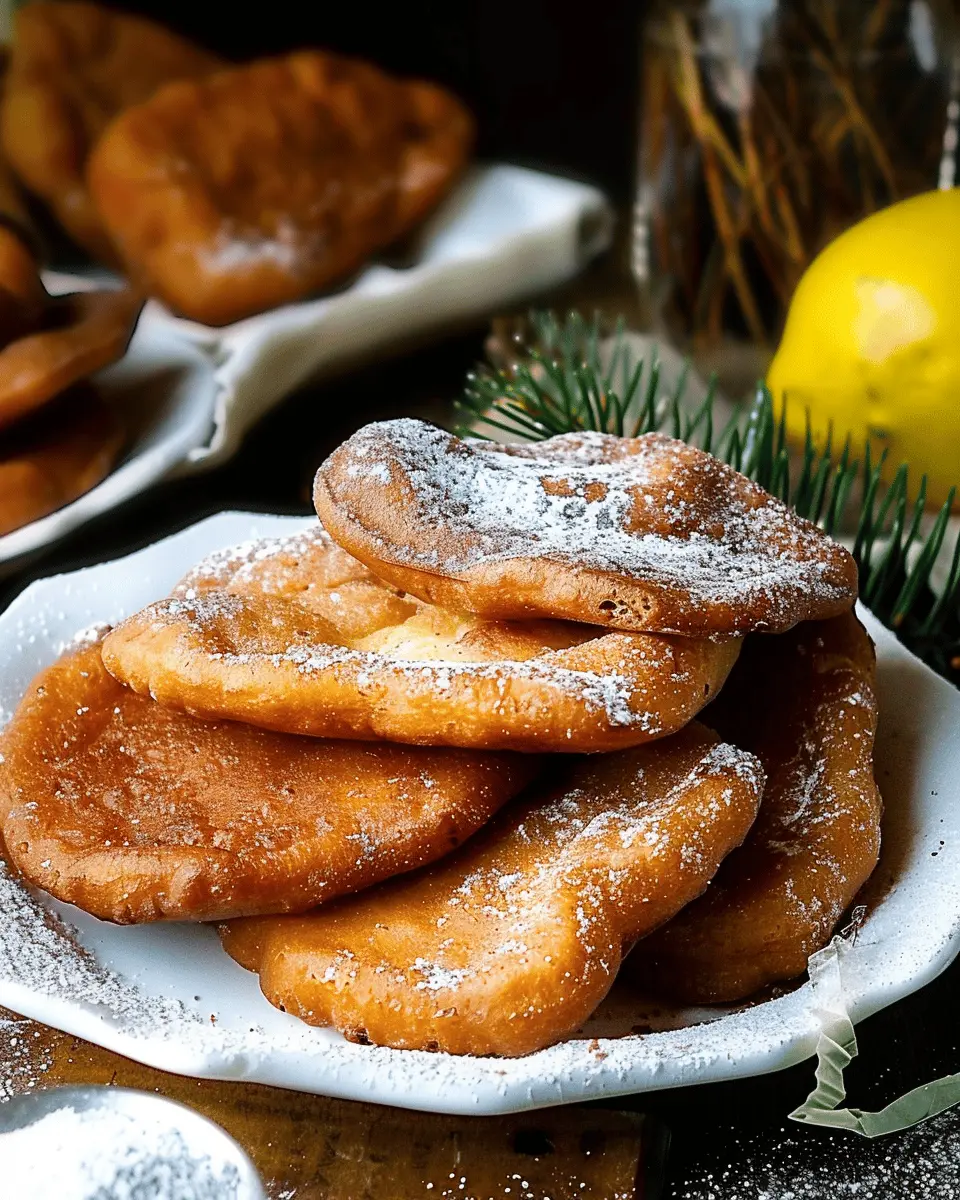
Ingredients for Haitian Beignets
If you’re ready to embark on a delightful culinary journey, let’s dive into the essential ingredients for making Haitian beignets. These sweet, fluffy treats are a beloved staple, perfect for breakfast or a delightful snack.
Essential ingredients for homemade beignets
To create those irresistible Haitian beignets, you’ll need the following ingredients:
- All-purpose flour: Provides the base for your dough.
- Baking powder: Helps your beignets rise perfectly.
- Salt: Just a pinch enhances their flavor.
- Sugar: For that touch of sweetness.
- Eggs: Adds richness and texture.
- Milk: Use whole milk for best results; it keeps the beignets moist.
- Butter: Melted, it will give a lovely richness to your dough.
- Vegetable oil: For frying, ensuring they achieve that golden crisp.
Optional add-ins for extra flavor
While simple is always delightful, you can elevate your Haitian beignets with these optional add-ins:
- Cinnamon or nutmeg: A sprinkle can add warmth and depth to the flavor.
- Vanilla extract: A few drops can lend a lovely fragrance.
- Chocolate chips or dried fruits: For a fun twist, consider mixing these in for bursts of flavor.
Playing around with these ingredients can lead to your signature take on traditional beignets. Interested in learning more? Check out Serious Eats for further insights on frying techniques and flavor enhancements!
Preparing Haitian Beignets
Haitian beignets are more than just a delicious treat; they represent a cherished tradition in Haitian culture. Soft, fluffy, and lightly sweetened, these fried dough delights can be enjoyed for breakfast, dessert, or even as a snack. If you’re ready to bring a taste of Haiti into your kitchen, here’s a step-by-step guide to preparing Haitian beignets.
Gather Your Ingredients
Before diving into the cooking process, it’s essential to round up your ingredients. Here’s what you’ll need:
- 2 cups all-purpose flour
- 2 tablespoons sugar
- 1 tablespoon baking powder
- A pinch of salt
- 1 cup warm water (you can use milk for a richer flavor)
- 1 teaspoon vanilla extract
- Oil for frying (vegetable or canola oil works well)
- Powdered sugar for dusting
As you prepare, you may want to check for any dietary restrictions your friends or family might have. It’s always a good idea to customize your ingredients based on personal preferences or needs. Don’t hesitate to explore alternative recipes or health-conscious options too!
Create the Batter
Now that you have everything, it’s time to get your batter ready. Follow these steps to make a perfect mixture:
- In a mixing bowl, combine the flour, sugar, baking powder, and salt. Give it a good whisk to blend everything evenly.
- In a separate bowl, mix the warm water (or milk) with the vanilla extract. Gradually add this to your dry ingredients. Stir until a thick, slightly sticky batter forms.
- Depending on the consistency, you might need to adjust by adding a little more flour or water. The goal is a smooth batter that can hold its shape when scooped.
At this stage, you can have fun by experimenting! Why not add a hint of coconut or even some lemon zest for a citrusy touch?
Heat the Oil
Before frying, your oil needs to be hot enough. Here’s how to ensure it’s perfect for cooking your Haitian beignets:
- In a deep pot or frying pan, pour enough oil to submerge the beignets, ideally about 2 to 3 inches deep.
- Heat the oil over medium-high heat. To test if it’s ready, drop a small piece of dough into the oil; if it bubbles and rises, you’re good to go.
Safety tip: Always monitor the temperature of the oil, as overheating can lead to burns or overly darkened beignets.
Fry the Beignets
Now comes the fun part—actually frying the beignets. Follow these steps for the best results:
- Using a spoon or a small scoop, carefully drop the batter into the hot oil. Leave enough space between each piece; they will expand.
- Fry in batches to prevent overcrowding. Allow them to cook for about 2-3 minutes on each side or until they achieve a golden brown color.
- With a slotted spoon, remove the beignets and transfer them to a plate lined with paper towels. This will help drain excess oil.
In the world of Haitian beignets, there’s nothing quite like the moment you pull those delicious morsels from the fryer and the sweet, fresh aroma fills your kitchen.
Cool and Serve
Once fried, let the beignets cool for a few moments. Then it’s time to get creative with presentation:
- Dust them with powdered sugar, either before serving or let guests sprinkle their own.
- Serve them warm alongside a dip like yogurt or a fruit compote for a refreshing twist.
- Pair with a cup of coffee or your favorite tea to elevate the experience.
Finally, don’t be surprised if these little treats become a staple in your home. They’re not just a snack; they’re a delicious way to share the spirit and warmth of Haitian culture with friends and family.
If you enjoy this recipe, consider checking out more Haitian dishes or explore variations of traditional desserts in your local community!

Variations on Haitian Beignets
Haitian beignets are wonderfully versatile, allowing you to tailor them to different tastes and preferences. Here are some delicious variations to help you get creative in the kitchen.
Sweet Potato Beignets
Imagine biting into a warm, fluffy beignet infused with the natural sweetness of sweet potatoes. This variation not only adds a beautiful orange hue to your dish but also brings a delightful taste. Simply mash cooked sweet potatoes into the dough before frying. These sweet potato beignets make for a delightful breakfast or snack, pairing beautifully with a drizzle of honey or a sprinkle of powdered sugar.
Coconut-Flavored Beignets
If you love tropical flavors, consider adding coconut to your Haitian beignets. You can either incorporate shredded coconut into the dough or make a coconut glaze to drizzle over the top once they’re fried. The result? A light, airy pastry with a subtle coconut essence that’s perfect for a brunch party. Coconut complements the beignets beautifully, making each bite a mini tropical getaway.
Savory Versions with Fillings
Don’t shy away from savory beignets! Stuff them with fillings like turkey bacon, chicken ham, or even spicy beef. A savory twist can be achieved by using your favorite ingredients—think about adding sautéed vegetables or cheese for an extra layer of flavor. These savory Haitian beignets can be an impressive appetizer or a satisfying snack that offers a delightful contrast to their sweet counterparts.
Final Thoughts
By exploring these variations, you’ll find that Haitian beignets can be a canvas for both sweet and savory creativity. So, which one will you try first? Happy cooking! For more ideas on tropical flavors, check out resources like Bon Appétit or Saveur!
Cooking tips and notes for Haitian Beignets
Best practices for frying
Frying your Haitian Beignets to perfection is key for that crispy exterior and soft, fluffy interior. Here are some best practices:
- Oil Temperature: Use a thermometer to ensure your oil is heated to about 350°F (175°C). This helps create a golden crust without soaking the dough in oil.
- Fry in Batches: Don’t overcrowd the pan. Frying in smaller batches allows for even cooking and prevents the temperature from dropping too much.
How to achieve the perfect texture
The texture can make or break your Haitian Beignets. Here’s how to get it just right:
- Dough Consistency: Ensure your dough isn’t too sticky or too dry. Aim for a smooth, elastic dough after kneading.
- Rest Time: Let the dough rest for at least 30 minutes before frying. This allows the gluten to relax, giving you that wonderful airy texture.
For more tips on frying techniques, you can check resources like Serious Eats for expert advice. Happy cooking!

Serving suggestions for Haitian Beignets
When it comes to enjoying Haitian beignets, the possibilities for serving them are as delightful as the pastries themselves!
Serving with powdered sugar
One of the classic ways to enjoy Haitian beignets is by simply dusting them with powdered sugar. The sweet, fluffy coating enhances their flavor profile, making each bite a delightful experience. For a fun twist, consider adding a hint of spice by incorporating a pinch of cinnamon into the sugar. This little addition can elevate your beignets to a new level, infusing them with warmth and comfort.
Pairing with dips or sauces
Why not take it a step further? Pair your Haitian beignets with delicious dips or sauces! Think rich chocolate sauce, a zesty fruit salsa, or even a homemade caramel. These options can complement the airy texture of the beignets while introducing a palette of flavors. Experimenting with these pairings can make for a memorable brunch with friends, or simply a cozy night in.
For more inspiration, check out this great guide on sweet dips that pairs perfectly with pastries. Enjoy crafting your own unique experience!
Time breakdown for Haitian Beignets
When planning to make delicious Haitian Beignets, it’s helpful to know how much time you’ll need. Let’s break it down!
Preparation time
First up, the preparation time is about 15 to 20 minutes. During this time, you’ll mix up your ingredients and knead that dough to perfection. Don’t forget to let it rest for a bit—this is crucial for that fluffy texture!
Cooking time
Next, you’ll want to allocate around 5 to 8 minutes for cooking each batch. Frying the beignets until they’re golden brown will fill your kitchen with an irresistible aroma!
Total time
In total, you’re looking at approximately 30 minutes from start to finish. Considering how delightful these treats are, it’s well worth it. So gather your ingredients and get ready to whip up some Haitian Beignets!
If you’re a fan of this recipe, check out more about traditional Haitian cuisine for added inspiration.
Nutritional facts for Haitian Beignets
When indulging in Haitian Beignets, understanding their nutritional profile can enhance your experience. So, let’s break it down!
Calories per serving
Each serving of Haitian Beignets typically contains around 200 calories. While they may be a delightful treat, moderation is key if you’re keeping an eye on your caloric intake.
Macronutrient breakdown
- Carbohydrates: Approximately 26g, primarily from flour and sugar.
- Protein: About 3g, offering a slight boost to your daily intake.
- Fat: Roughly 10g, depending on how they’re prepared (fried beignets will have higher fat content).
For those interested in healthier alternatives, consider baked versions or using cooking spray instead of frying. Moreover, you can find more detailed nutritional insights on reputable sites like MyFitnessPal to better understand your favorite treats.
Indulging is fine occasionally, just be sure to balance it with nutritious meals throughout your day!
FAQs about Haitian Beignets
Can I make these beignets gluten-free?
Absolutely! If you’re looking to whip up a batch of Haitian Beignets without gluten, simply swap out regular flour for a gluten-free alternative, like almond flour or a store-bought gluten-free flour blend. Just keep in mind that the texture might be a bit different, but they’ll still be delicious. For more tips on gluten-free baking, check out this article.
How do I store leftover beignets?
Storing leftover Haitian Beignets is quite simple! Place them in an airtight container at room temperature for up to two days. If you want to keep them longer, you can freeze them. Just make sure they’re completely cool before placing them in a freezer-safe bag or container. When you’re ready to enjoy them again, simply reheat in the oven for a fresh-out-of-the-fryer taste. A quick tip: reheating in an air fryer can help retain that delightful crispiness!
What is the best oil for frying beignets?
When frying Haitian Beignets, it’s crucial to use an oil with a high smoke point, such as canola or vegetable oil. These oils can withstand the heat required for frying without breaking down. If you want to add a twist of flavor, try using coconut oil, which pairs beautifully with the sweet dough. Just be sure to monitor the oil temperature (around 350°F to 375°F) for optimal results. A candy thermometer can be your trusty sidekick here!
By addressing these common questions, you can feel more confident and ready to indulge in your delightful homemade Haitian Beignets. Happy frying!
Conclusion on Haitian Beignets
A delightful treat to enjoy at home
In conclusion, Haitian Beignets offer a delightful experience that you can easily recreate in your own kitchen. These fluffy, sugar-dusted pastries not only provide a sweet treat but also allow you to connect with Haitian culture. The joy of sharing fresh beignets with friends and family can turn an ordinary day into a special occasion, fostering warmth and connection.
Don’t hesitate to experiment with fillings or toppings to make them your own. Whether enjoyed with a cup of coffee or as an indulgent snack, Haitian Beignets are sure to become a beloved favorite in your home. For more baking inspiration, check out sources like The Spruce Eats or Bon Appétit.
PrintHaitian Beignets: The Easy, Indulgent Treat You’ll Love
Haitian Beignets are delightful pastries that are perfect for any occasion. They are light, fluffy, and just the right amount of sweetness. This recipe makes them easy to prepare at home!
- Prep Time: 15 minutes
- Cook Time: 20 minutes
- Total Time: 35 minutes
- Yield: 12 beignets 1x
- Category: Dessert
- Method: Frying
- Cuisine: Haitian
Ingredients
- 2 cups all-purpose flour
- 1/4 cup sugar
- 1 tablespoon baking powder
- 1/2 teaspoon salt
- 1 cup milk
- 2 large eggs
- 1 teaspoon vanilla extract
- 1/4 cup melted butter
- Oil for frying
Instructions
- In a large bowl, combine flour, sugar, baking powder, and salt.
- In another bowl, whisk together the milk, eggs, vanilla extract, and melted butter.
- Pour the wet ingredients into the dry ingredients, mixing until just combined.
- Heat oil in a deep frying pan over medium heat.
- Drop spoonfuls of batter into the hot oil and fry until golden brown, about 2-3 minutes on each side.
- Remove from oil and drain on paper towels.
- Serve warm dusted with powdered sugar.
Notes
- Be careful not to overcrowd the pan when frying.
- For extra flavor, you can add a pinch of nutmeg to the batter.
Nutrition
- Serving Size: 1 beignet
- Calories: 150
- Sugar: 5g
- Sodium: 200mg
- Fat: 7g
- Saturated Fat: 4g
- Unsaturated Fat: 2g
- Trans Fat: 0g
- Carbohydrates: 20g
- Fiber: 1g
- Protein: 3g
- Cholesterol: 30mg
Keywords: Haitian Beignets, Pastries, Treats

